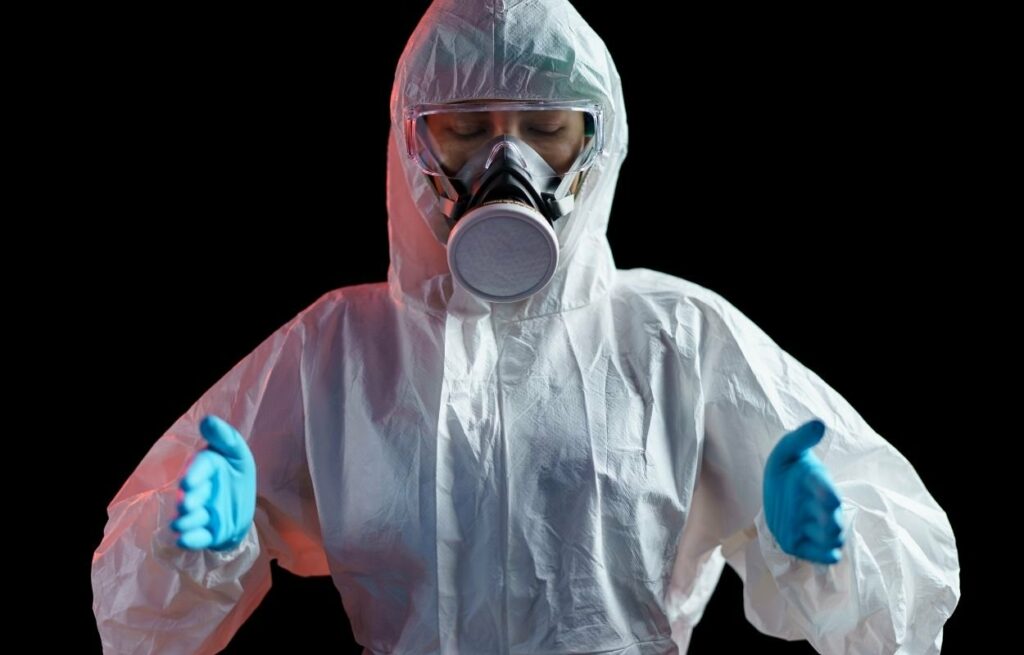
Hazmat abatement, often referred to as hazardous materials abatement, is a critical process in ensuring the safety of our environment and health. This procedure involves the careful removal, containment, and disposal of materials that pose a threat to human health and the environment due to their hazardous nature. In this blog post, we will explore hazmat abatement in detail, shedding light on its importance, common materials requiring abatement, the process involved, safety measures, and the role of professionals in this field.
UNDERSTANDING HAZMAT MATERIALS
Before diving into the abatement process, it’s crucial to grasp what hazardous materials are. Hazmat materials encompass a wide range of substances that can cause harm to human health or the environment. These materials can be found in various settings, including construction sites, industrial facilities, and residential properties. Common hazmat materials include asbestos, lead-based paint, mold, and various chemical substances.
IMPORTANCE OF HAZMAT ABATEMENT
Hazmat abatement plays a pivotal role in safeguarding our well-being and the environment. When hazardous materials are not properly managed, they can lead to severe health issues, such as respiratory problems, cancer, and neurological disorders. Additionally, these materials can contaminate air, water, and soil, posing a threat to the ecosystem. Hazmat abatement ensures that these materials are safely contained, removed, and disposed of, reducing the risk to both humans and the environment.
THE HAZMAT ABATEMENT PROCESS
Hazmat abatement is a well-defined process that follows strict guidelines to minimize risks. The steps involved in hazmat abatement typically include:
Assessment: The first step is to assess the site and identify the hazardous materials present. This involves thorough inspection and testing to determine the extent of contamination.
Containment: Once hazardous materials are identified, they must be contained to prevent further spread. Special barriers and seals are used to isolate the affected areas.
Removal: Skilled professionals then carefully remove the hazardous materials following safety protocols. This step requires precision and specialized equipment.
Disposal: Hazardous materials must be disposed of properly, adhering to local regulations and guidelines. This often involves transporting materials to approved disposal sites.
Cleaning and Decontamination: After removal, affected areas are thoroughly cleaned and decontaminated to ensure they are safe for use.
SAFETY MEASURES
Safety is paramount in hazmat abatement. Strict safety measures are put in place to protect the workers, residents, and the environment. Personal protective equipment (PPE) such as masks, gloves, and suits are worn to minimize exposure to hazardous materials. Ventilation systems are used to maintain air quality, and workers undergo rigorous training to handle hazardous materials safely.
THE ROLE OF HAZMAT ABATEMENT PROFESSIONALS
Hazmat abatement is not a DIY project. It requires the expertise of trained professionals who are knowledgeable about the specific hazards associated with different materials. These professionals are equipped with the skills, tools, and experience needed to safely carry out hazmat abatement projects. Hiring certified hazmat abatement experts ensures that the process is executed efficiently and in compliance with all regulations.
In conclusion, hazmat abatement is a critical process that plays a vital role in protecting human health and the environment. By properly identifying, containing, removing, and disposing of hazardous materials, we can mitigate the risks associated with their presence. It is essential to prioritize safety and enlist the expertise of trained professionals when dealing with hazmat abatement projects. Together, we can create safer and healthier environments for ourselves and future generations. Remember, when it comes to hazmat abatement, safety should always come first.


